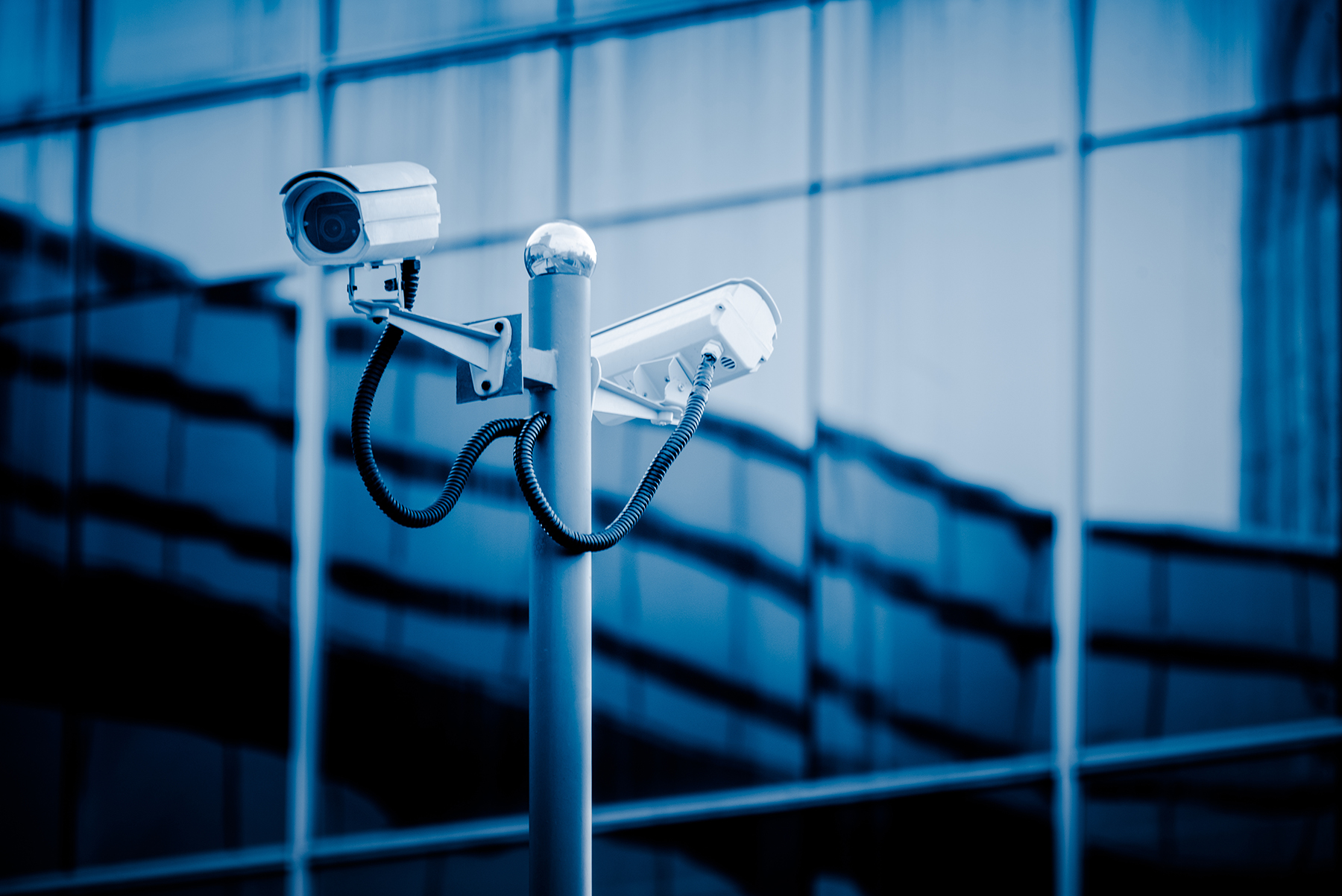How Video Surveillance Technology has Evolved

When it comes to public safety – from homeland security to safe cities and even airport security – video surveillance has always been a key component. Whether the prospect of being caught on camera serves as a deterrent or whether faster reaction is enabled by video monitoring, video has proven an effective sensor for catching perpetrators, discovering threats, and protecting the public. But the video surveillance industry is undergoing a radical transition and, ironically enough, the future doesn’t always involve the review of video footage.
Historically, countless hours of video were recorded and monitored, relying on human resources to review and interpret events – often in real-time. While somewhat effective, this tactic was also very inefficient: hours and hours of video were saved, but this footage was almost never watched or put to practical use.
AI is Improving Productivity Video Surveillance
The global shift towards optimizing efficiency through automation and AI is enabling and improving productivity for video surveillance, as well. To date, these efforts have focused on streamlining surveillance to maximize performance and minimize time-to-target: The value of video is rooted in the events captured and using the data within to accelerate security reactions.
But video content analytics solutions are also looking beyond short-term video review and response and extending the utility of video beyond real-time monitoring. Deep learning and AI capabilities are enabling video processing to detect, extract, and classify all objects, which become the basis for constructing real-time alerting logic and facilitating comprehensive business intelligence, visualized in structured dashboards.
Airport security, for example, can configure alerts to be notified when someone enters a sensitive area. With proactive alerting, officers can spot an unauthorized intrusion and prevent security breaches and catastrophes before they occur.
This same technology can be applied to promote efficiency in an entirely different setting: Ensuring ambulances have unfettered access to the hospital emergency room is critical for medical triage and urgent care. If hospitals can define alerts and react when private vehicles are parked in spaces reserved for emergency vehicles, crises can be eliminated, immediate treatment can be administered, and lives can be saved.
Hospitals can derive equally significant value from the insights offered by video business intelligence reporting, by examining and interpreting the meaningful data captured by video. Watching video can help with short-term response, but by using deep learning to give structure to raw video data, not only can data be visualized and interpreted easily, it can even provide valuable insights with long-term effect that could never be detected by human monitors.
For hospital administrators this can mean recognizing traffic patterns in the hospital throughout the day: Knowing the hours for which there is increased crowding and dwell time and the areas where this congestion occurs, can help hospitals ensure adequate staff is on premise to meet the needs of visitors, patients, and physicians. With deeper understanding, operations teams can devise long-term solutions for better organization and service distribution throughout the grounds.
Likewise, a comprehensive video content analytics engine can drive more effective urban planning and traffic control. The technology can identify the number of vehicles traveling in a particular direction, as well as the dwell time of vehicles recorded, and then correlate between these data points. For instance, it could be that, even though more vehicles are driving in one direction, their dwell time is far shorter than the fewer vehicles driving in the opposite direction. By offering cities visualizations and insights based on data correlations, municipalities and urban planning organizations can discover the root of traffic problems, understand patterns, and resolve challenges humans might never have even noticed.
While the face of video surveillance is changing dramatically, the value of video is only becoming greater as video analytics enables increased security and optimized operations for organizations and populations of all sizes.